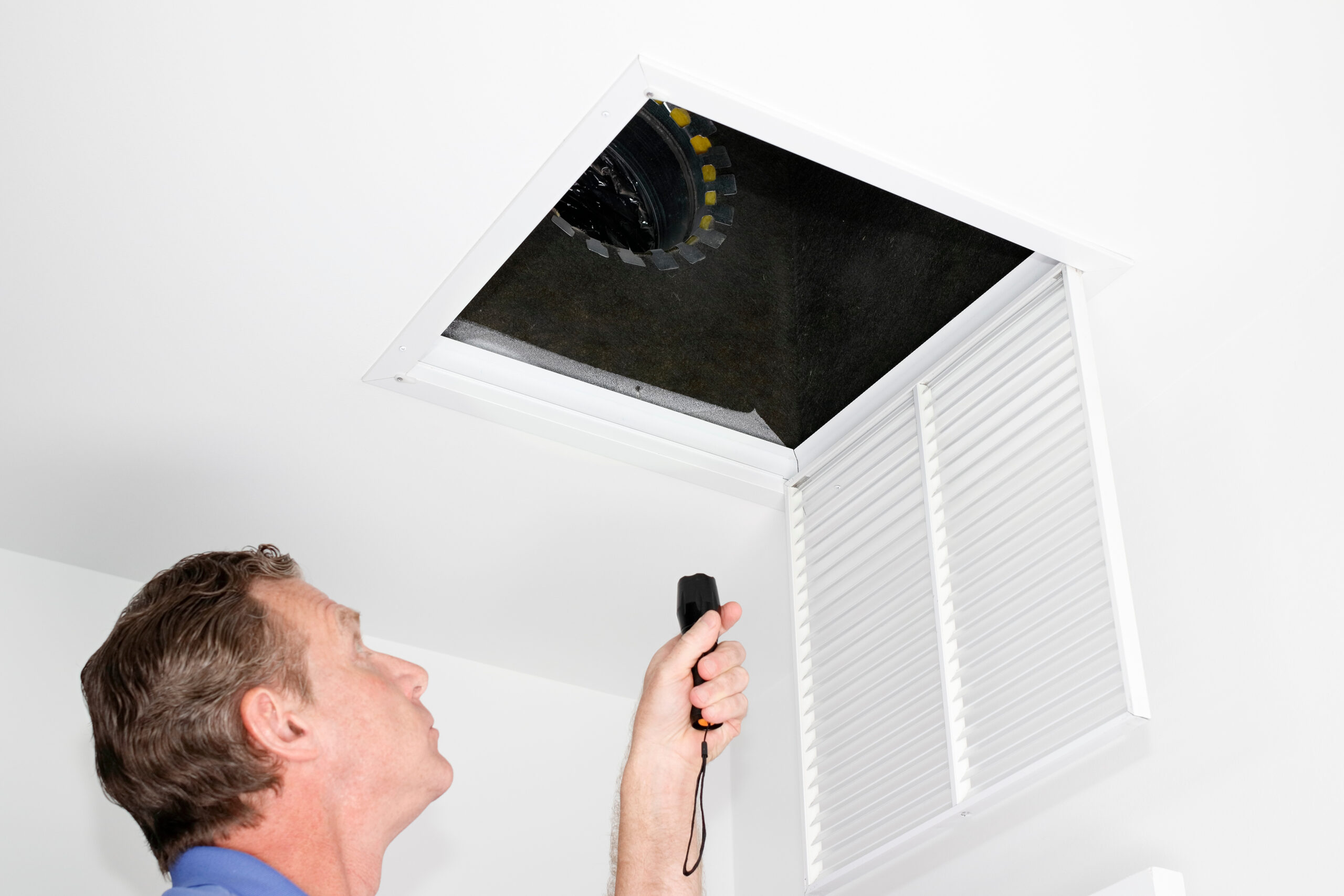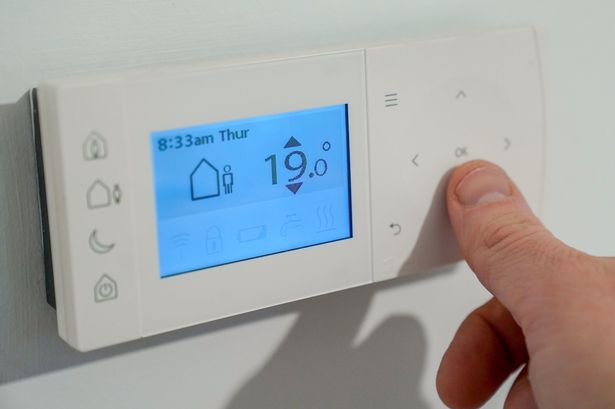Although it’s a foreign concept in warmer climates, a good chunk of the country needs to concern itself with inflated utility heating bills during the winter months. The good news? There are some simple steps you can take to make your home’s gas or electric heat usage more efficient
Ways to Reduce Your Heating Bills in Winter

1. Get a Programmable Thermostat, If You Don’t Already Have One
A programmable thermostat can help you save by automatically turning down the heat when you don’t need it. That means you don’t need to remember to turn it down yourself every time you leave or go to bed.
Many households program their heaters to turn on right before they wake up, ensuring their home is comfortable enough to facilitate getting out of bed and beginning the day on time. You can then program it to cool down when you leave for work, warm up when you come home, and turn down again right before bedtime.
Depending on your current heating habits, you might save more than 20% on your monthly heating bill by installing and using a programmable thermostat. Upfront costs vary depending on the features, but you can usually find reliable options for under $30.
Your new programmable thermostat might just pay for itself the first month.

2. Invest in Insulation
Insulation is vital for keeping warm air in and cold air out of your house. There are several different types of insulation that may help you avoid heat loss, including blanket insulation and blown-in insulation.
If you own an older home, you may want to have a home energy audit done to identify air leaks. These audits usually include a blower door test, which involves using a high-powered fan to lower the air pressure inside and find where outside air leaks in. From there, you can install insulation wherever it is needed.
As a bonus, you can probably get tax incentives and rebates for investing in insulation. Your city, municipality, state, utility company, and the federal government may all offer financial incentives when you buy high-efficiency insulation products. Check with the Database of State Incentives for Renewables & Efficiency to see what is available in your community.
3. Use the Curtains
Curtains are not just for decoration or maintaining privacy. They can also help you keep the heat in. Windows are often a major source of heat loss, and the extra layer that a curtain provides can make a surprisingly large difference in lowering your winter heating bill.
You may want to open your curtains during the day to let sunlight and heat in, especially on south-facing windows. At night, closing the curtain will help you keep some of your precious heat from escaping.
If you do not have curtains or want to supplement, you could place blankets over your windows as a heat barrier.

4. Shut the Doors
Most homeowners do not use every room in their house at once. Why waste money heating rooms that are not currently in use?
Shutting the door can help keep heat inside the room you are currently in. That way, the heat generated by your body and the lights in the room will stay where you need it.
Keeping the room closed will make an even bigger difference if you are using a space heater, which cannot function as well with a larger area to heat.

